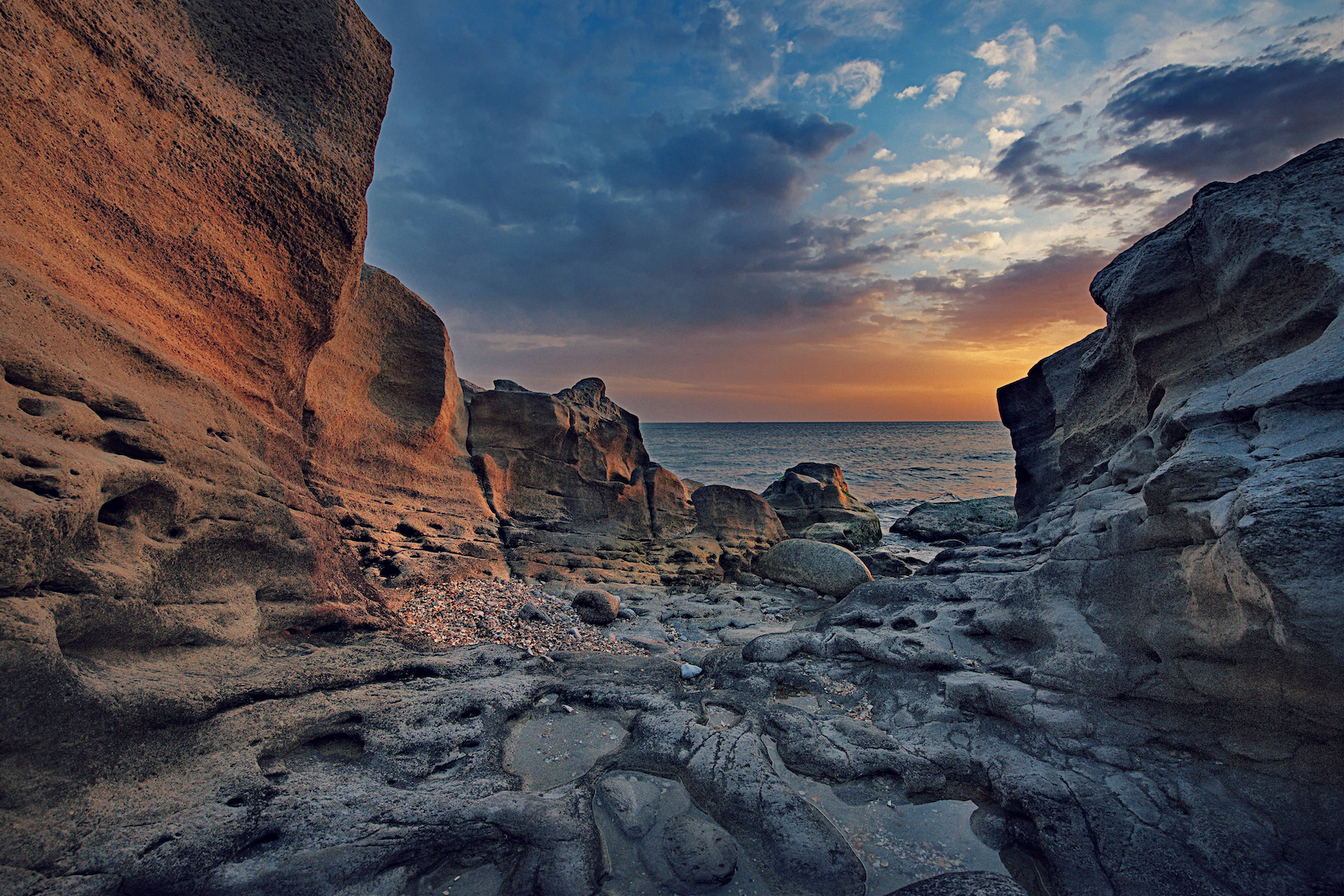
Can the Caspian Sea and Ural River be Saved?
The Caspian Sea is Kazakhstan’s connection to the Caucasus and Europe. Thus, its protection is paramount to the country’s economic health, not to mention its fishing industry and overall environment. As Kazakhstan seeks to go “green” and become carbon neutral by 2060, its environmental policies must also evolve. This evolution needs to include bilateral cooperation, as working together with Russia over the Ural River is necessary to keep the Caspian Sea safe.
A landlocked nation, Kazakhstan has three key water bodies: the Aral Sea, Lake Balkhash, and the Caspian Sea (which is fed by the Ural River). Two of these bodies are already at risk; the country of 19 million cannot afford to also lose the Caspian.
The loss of the Aral Sea has been well recorded. In the late 1950s, the Soviet Union began building massive irrigation infrastructure that diverted water from key rivers that fed the sea. Kazakhstan and Uzbekistan share this body of water, and Tashkent continues to use waters meant for the sea to protect its vital cotton industry. Unfortunately, the once vibrant Aral Sea is now a group of small and large lakes rather than a unified body of water. While Kazakhstan, with the help of international partners, is healing its side of the sea, it will take decades before the Aral can somewhat resemble a sea once again.
Kazakhstan’s other vital body of water is located in the east of the country, Lake Balkhash. The lake is fed by the Ili River, which originates in China. The problems, therefore, become pretty apparent. Beijing is carrying out major development projects in Xinjiang, including the construction of dams and irrigation projects, which affect water flow across the Ili. In turn, the water that reaches Lake Balkhash diminishes. A 2021 essay in the journal Water discussed the future of the lake if the current Chinese projects continue. The future does not look promising.
As for the Caspian Sea, it is teeming with salmon, carp, seals, beluga whales, and several species of sturgeon including sterlet, Russian, Siberian, starry, Fringebarbel, and Syrdarya. Tragically, in late 2022, there were reports that some 2,500 endangered seals washed up on the coast of Dagestan, a Russian republic. “[Dagestan] said the animals had died of ‘natural factors’ and warned that the number of dead seals was likely to be much higher,” reported CNN.
Kazakhstan has done its part to protect its area of the Caspian. In 2018, Kazakhstan sentenced four Azerbaijani men to six months in prison for illegally fishing sturgeon in its waters. Given the loss of the Aral Sea, Kazakhstan cannot afford to lose fishing in another body of water. The Caspian Sea is already at risk from pollution caused by oil extraction, wastewater discharges, and over-exploitation. Moreover, as Applied Sciences explains, “The Caspian Sea is heavily contaminated by petroleum hydrocarbons due to off shore oil production. A sufficiently high level of accumulation of petroleum hydrocarbons, organochlorine pesticides and heavy metals was determined in the muscles of Caspian fish. All these contaminations lead to the loss of biodiversity and bio-productivity of the Caspian Sea.”
Achieving consensus over the Caspian is complicated as five countries border it: Azerbaijan, Kazakhstan, Iran, Russia, and Turkmenistan. In 2018, the five states signed an agreement to end a long-standing border dispute over the Caspian. While it is positive that this dispute has been resolved, inter-state cooperation does not appear to exist to protect the delicate environment that the Caspian relies on.
Like the Aral Sea and Lake Balkhash, there is a possibility that an environmental catastrophe could occur, or is already happening, in the Caspian Sea.
Alexander Chibilev, one of the world’s leading experts on the Ural River’s ecology, has argued that the shallowing of the Urals was first observed in the 1970s. This period coincides with the construction of hydroelectric power plants and large reservoirs upstream. Approximately 19 dams and large reservoirs have been built in the Ural basin. In a 2021 article about the disappearing Ural, Chibilev blames: “the development of unproductive, low-yielding land, now damaging the entire river basin. The Iriklinsky Reservoir, approximately 100 km north of the Russian-Kazakh border, built for a power plant. The factories that continue to poison the water even now that they have closed.”
According to some reports, if the current trends do not change, by the end of this century, the Caspian Sea may fall by 9-18 meters, which would mean “that the vast northern Caspian shelf, the Turkmen shelf in the southeast, and all coastal areas in the middle and southern Caspian Sea emerge from under the sea surface,” according to Nature. “The falling sea level would have a devastating impact not only on the environment and economy of the neighboring countries but also the geopolitical situation, which is already in tension due to ambiguous maritime borders, shipping waterways, and fishing rights,” argues Gaziza Konyssova, a researcher at the Alfred Wegener Institute in Germany. In other words, ignoring the problem can, and will probably lead to an environmental disaster, similar to the dying Aral Sea, with geopolitical consequences.
The good news is that Astana and Moscow are attempting to save the Ural and Caspian. In 2018, officials from both countries met for the first time to discuss environmental issues. Still, no concrete steps have occurred to address ongoing problems.
In his speech at the 6th Caspian Summit, Kazakhstan’s President Kassym-Jomart Tokayev called for participation in efforts to prepare a joint action plan to improve the situation on the Ural River. “Active exploitation of subsoil resources and transportation of resources carry great risks for the ecology of the region. The challenges of global warming and related climate change pose a threat to water resources.”
A growing number of English-language publications have been written about the crisis in the Ural River, but “as of yet, no substantial action has been taken to address the pressing issues,” writes The Third Pole. “Concrete action, such as awarding at least parts of the river special status, need to be taken to reverse the already considerable ecological destruction that has been wrought on the basin, and to mitigate future damage for this endangered river.”
As the world deals with climate change, the Caspian Sea and the Ural River are two ecological problems that will escalate to “disaster” or “catastrophe” levels if concrete action is not taken. Just like the Aral Sea and Lake Balkhash, international cooperation to protect the Caspian Sea and the Ural River is required. The current global geopolitical situation makes cooperation challenging and difficult to achieve, but environmental protection and addressing climate change can no longer be secondary objectives for governments across the globe.
